Fujifilm has officially revealed the full specifications of its highly anticipated GFX ETERNA, a bold medium format cinema camera designed for filmmakers who demand the distinct look of large sensors, combined with modern professional video features. While the company has yet to disclose its pricing, the published technical details offer significant insights into how this camera positions itself in the high-end cinema market. Let’s dive into the specs and what they mean in the broader context of medium format filmmaking and Fujifilm’s own evolving cinema ambitions.
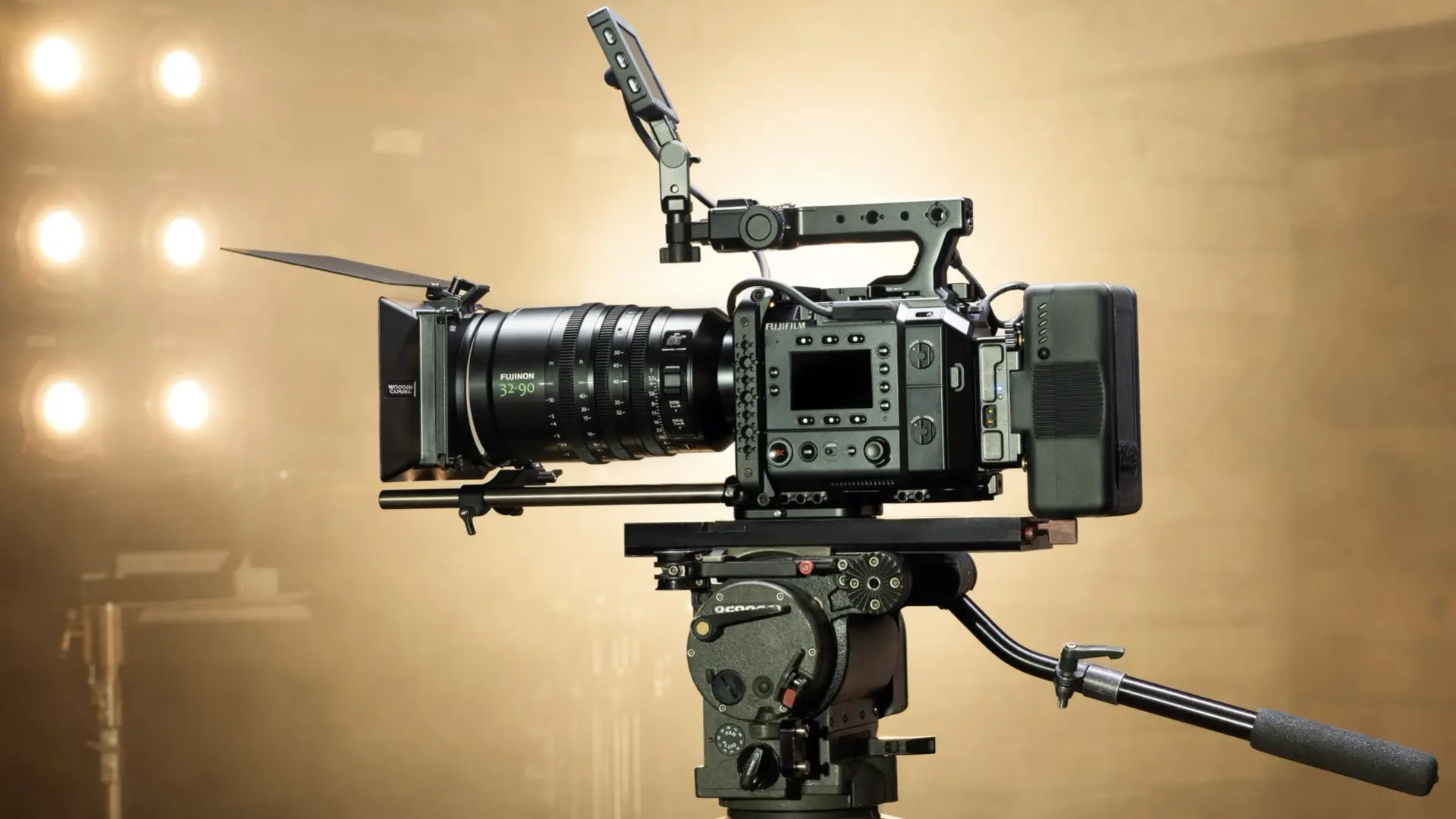
Revisiting the GFX ETERNA’s Origins
To fully appreciate the significance of the GFX ETERNA’s newly announced features, it’s important to revisit its foundation. As detailed in The Fujifilm GFX ETERNA Is an In-Housed GFX100 II, the GFX ETERNA is rooted in the stills-oriented GFX100 II. However, the ETERNA diverges by embracing a cinematographer’s mindset with extensive video-centric refinements. It’s not just a repackaged stills camera—it’s a purpose-built, professional cinema tool. And that purpose is now further crystallized by the full technical breakdown.
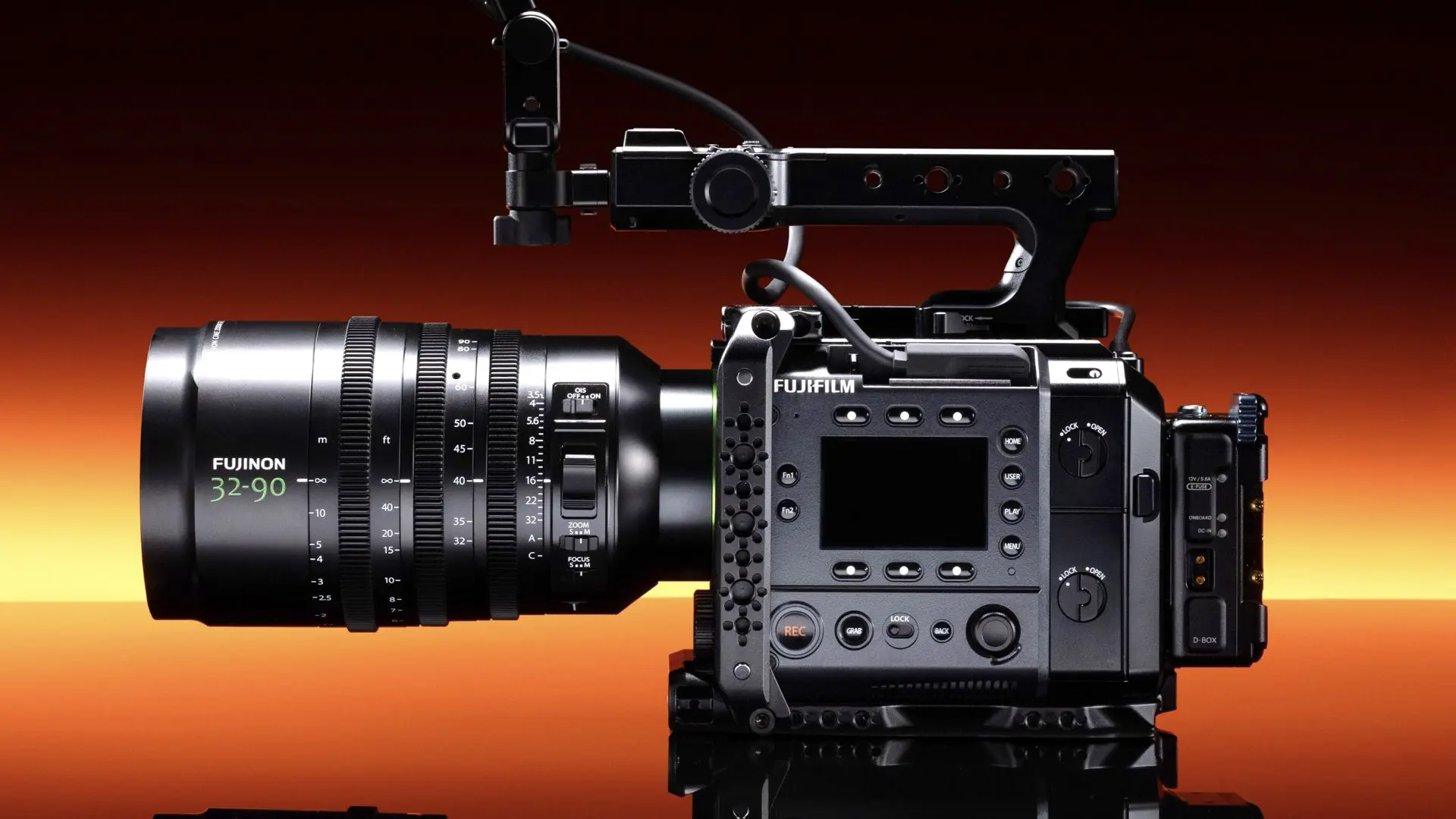
Optical Lowpass Filter: Designed for Detail
Fujifilm includes a multi-layer Optical Lowpass Filter (OLPF) system—consisting of a wave plate, dual low-pass filters, and an IR cut filter. This configuration is geared toward reducing moiré and false color, two common problems in high-resolution imaging—especially with fabrics or fine detail. Incorporating this kind of complex OLPF stack is a move that positions the GFX ETERNA as a true cinema camera, not just a high-megapixel mirrorless system retrofitted with video functionality (or in-house GFX100).
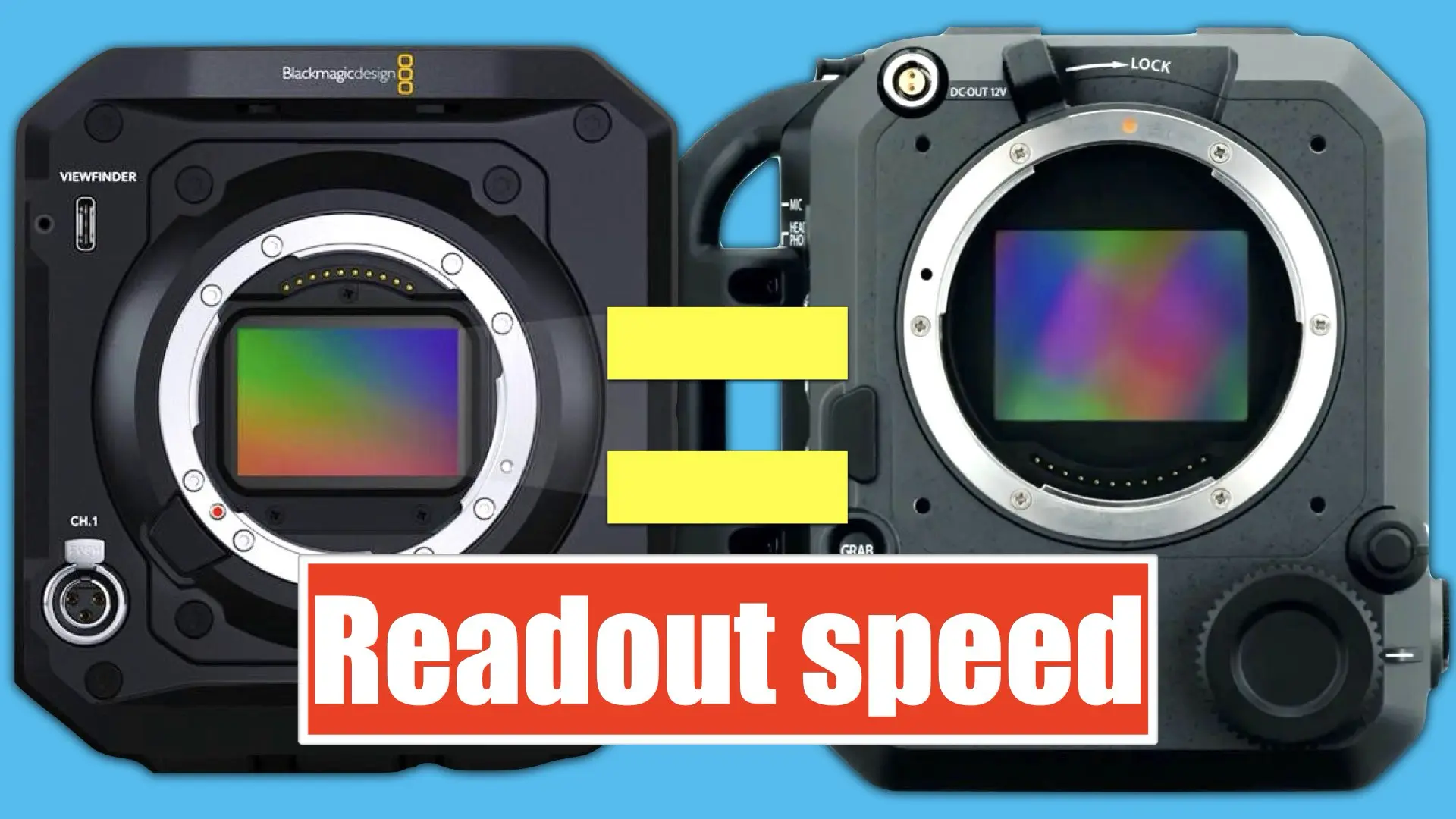
Sensor Format Versatility: Medium Format to S35
One of the most striking revelations is the sensor format flexibility. The GFX ETERNA, built around a 43.8 x 32.9mm sensor, supports a broad range of formats including:
-
GF 4:3 Open Gate
-
GF DCI
-
Premista DCI
-
35mm DCI
-
Super 35 DCI
-
8K DCI (dot-by-dot)
This means cinematographers can leverage the GFX sensor’s expansive real estate for medium format imagery, while also accommodating Super 35 workflows. This versatility echoes the intent seen in other flexible platforms like RED and ARRI—but now with the unmistakable look of medium format. As covered in The Fujifilm GFX ETERNA, its readout speed matches the Pyxis 6K, although this sensor is not particularly fast. That article highlights how Fujifilm has managed to mitigate readout speed to reduce rolling shutter. Nevertheless, the tolling shutter will be noticeable.
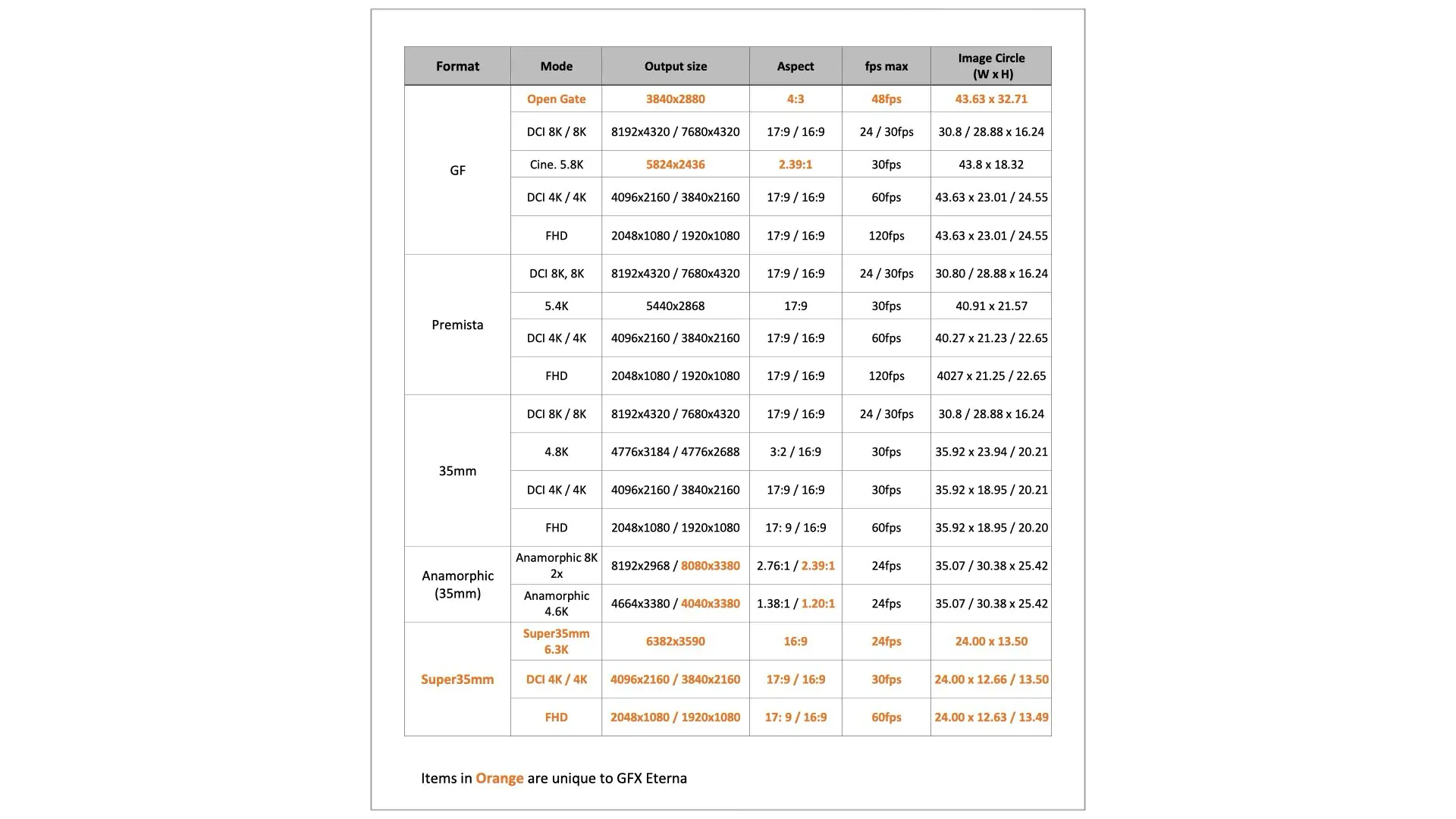
Robust In-Camera Codecs: ProRes & H.265
Fujifilm has confirmed that the GFX ETERNA supports multiple in-camera codecs, including:
-
Apple ProRes 422 HQ, 422, and LT
-
HEVC (H.265) 10-bit 4:2:2
-
ProRes Proxy and H.264 Proxy
-
12-bit RAW and 10-bit 4:2:2 over HDMI
These are solid formats that ensure compatibility with post-production workflows from indie studios to Netflix Originals (will it be Netflix Approved?). The ability to shoot high-bitrate ProRes internally, without needing external recorders, also simplifies setups, particularly important for handheld or gimbal rigs.

Custom LUTs and Color Management
Color science has always been one of Fujifilm’s strengths. With the GFX ETERNA, users can load up to 16 custom 3D LUTs directly into the camera. This feature provides critical flexibility for productions that rely on real-time LUT previews or custom looks baked into dailies. Fujifilm also announced new downloadable LUTs tailored for F-Log2 and F-Log2C, replicating Film Simulations like ETERNA, Velvia, and ACROS. As outlined in Fujifilm GFX ETERNA Announced: A Bold Entry into Medium Format Cinema, these simulations are core to the GFX identity and are now being translated to the motion world with cinematic precision.
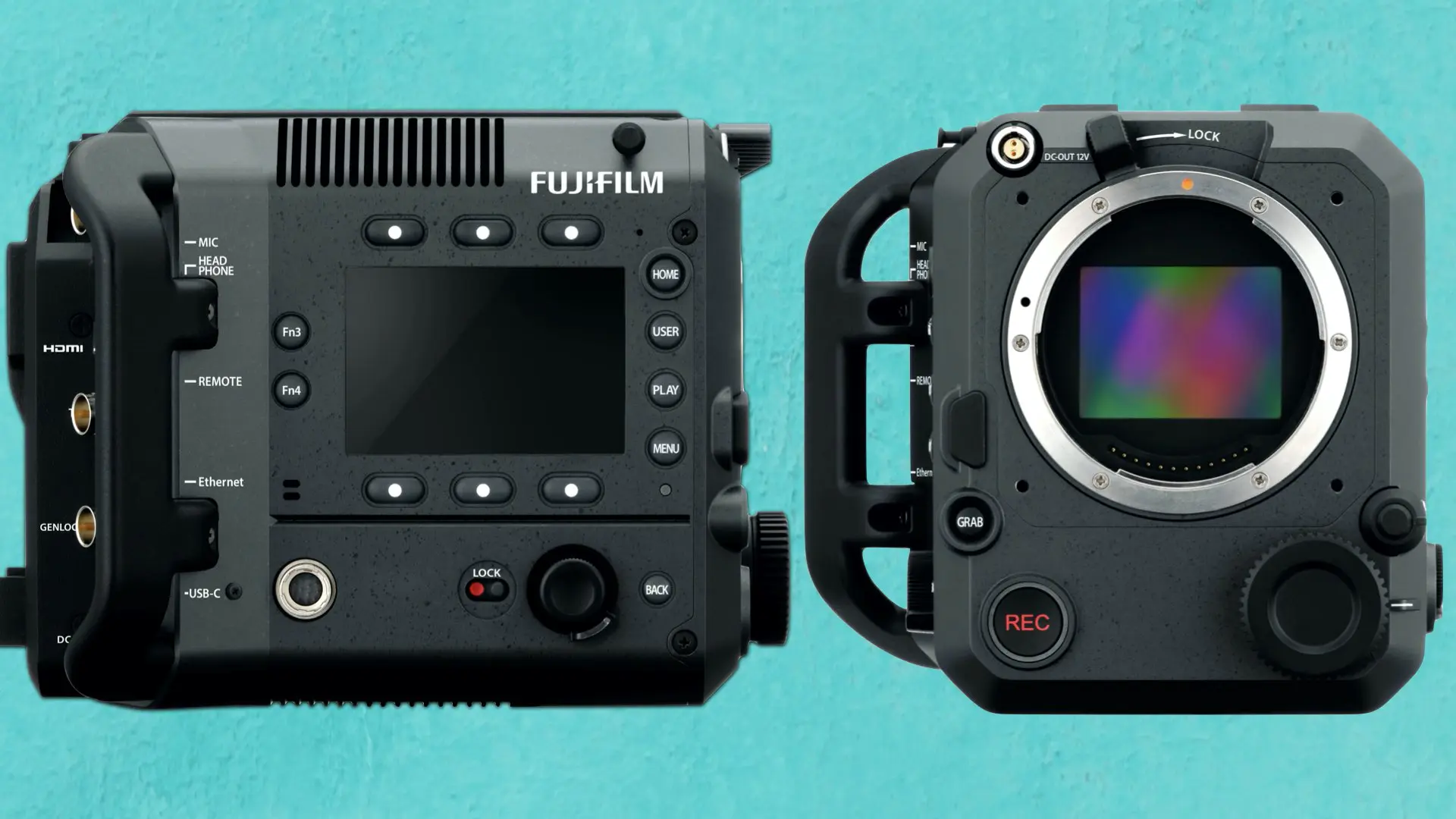
Film Simulations: More Than a Gimmick
The GFX ETERNA offers 20 Film Simulations, from Velvia and Classic Chrome to the cinematic ETERNA BLEACH BYPASS. These can be used in-camera or later via the aforementioned downloadable 3D LUTs. For filmmakers accustomed to the bland profiles of many digital cameras, this is a welcome alternative. These profiles can serve as creative references, preview looks, or even final looks straight out of the camera in fast turnaround situations.
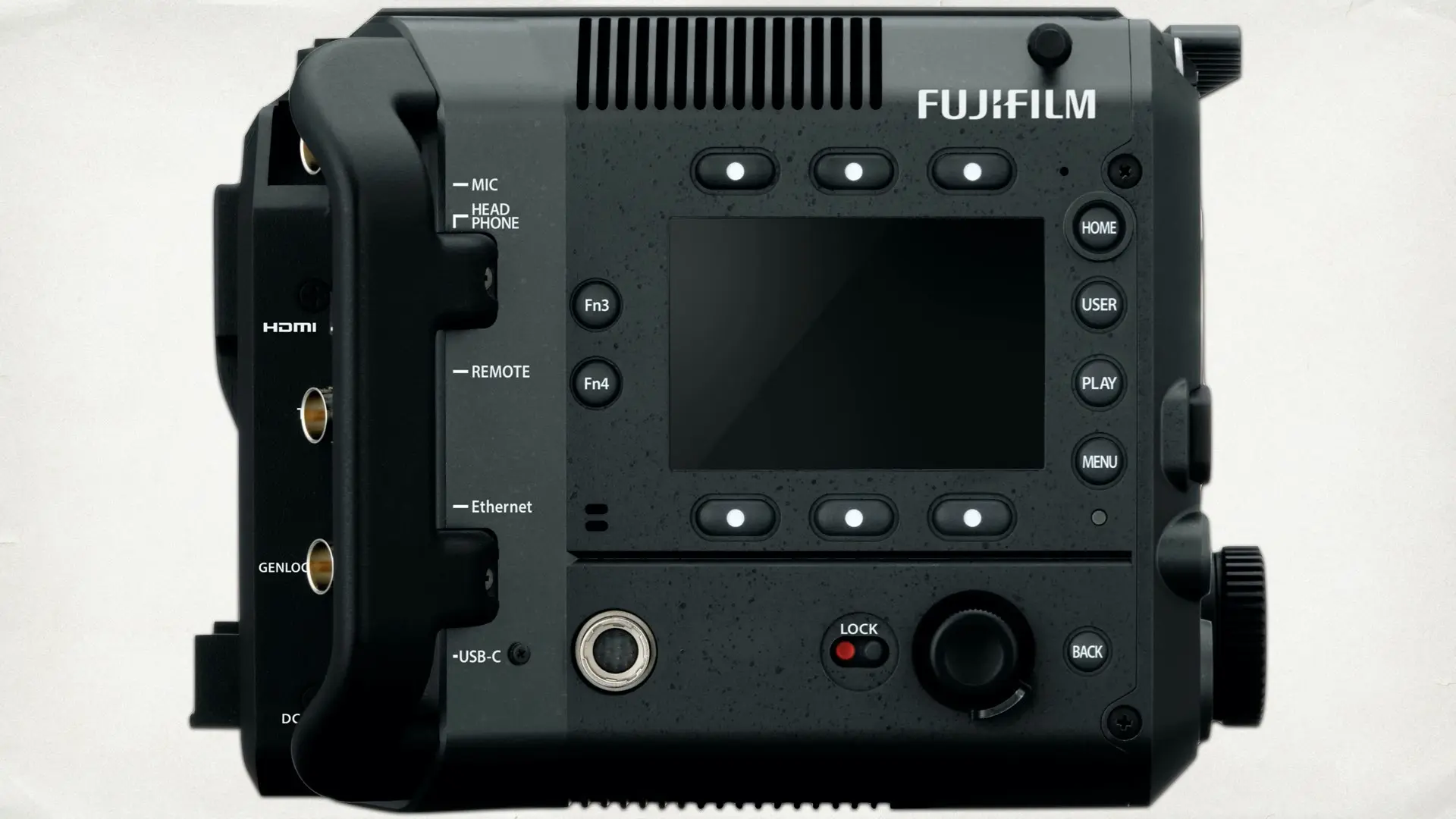
More Specs
Display & Menu Design: Built for Real Use
Video shooters often struggle with mirrorless-style cameras due to limited monitoring options. The GFX ETERNA addresses this with:
-
A 5-inch 2,000-nit touch LCD (16:9) with 6.22M dots for monitoring
-
A 3-inch 700-nit LCD menu display (3:2) with 1.04M dots for system control
These dual displays enable intuitive operation and high visibility in daylight—an essential feature for fieldwork.
Remote Control & Wireless Support
The camera is network-friendly out of the box, featuring browser-based Remote Rec functionality over both wired and wireless networks. Additionally, support for Bluetooth Low Energy (BLE) allows timecode syncing via ATOMOS AirGlu and other accessories like the TG-BT1 tripod grip. Remote multi-cam control is becoming an expected standard for high-end cinema cameras, and Fujifilm delivers this in a streamlined, modern way.
Framing Customization
The ability to create Custom Framing Guides is a small but meaningful detail. Directors and DPs can establish visual boundaries for vertical delivery, 2.39:1, or even Instagram-focused compositions—right from the viewfinder.
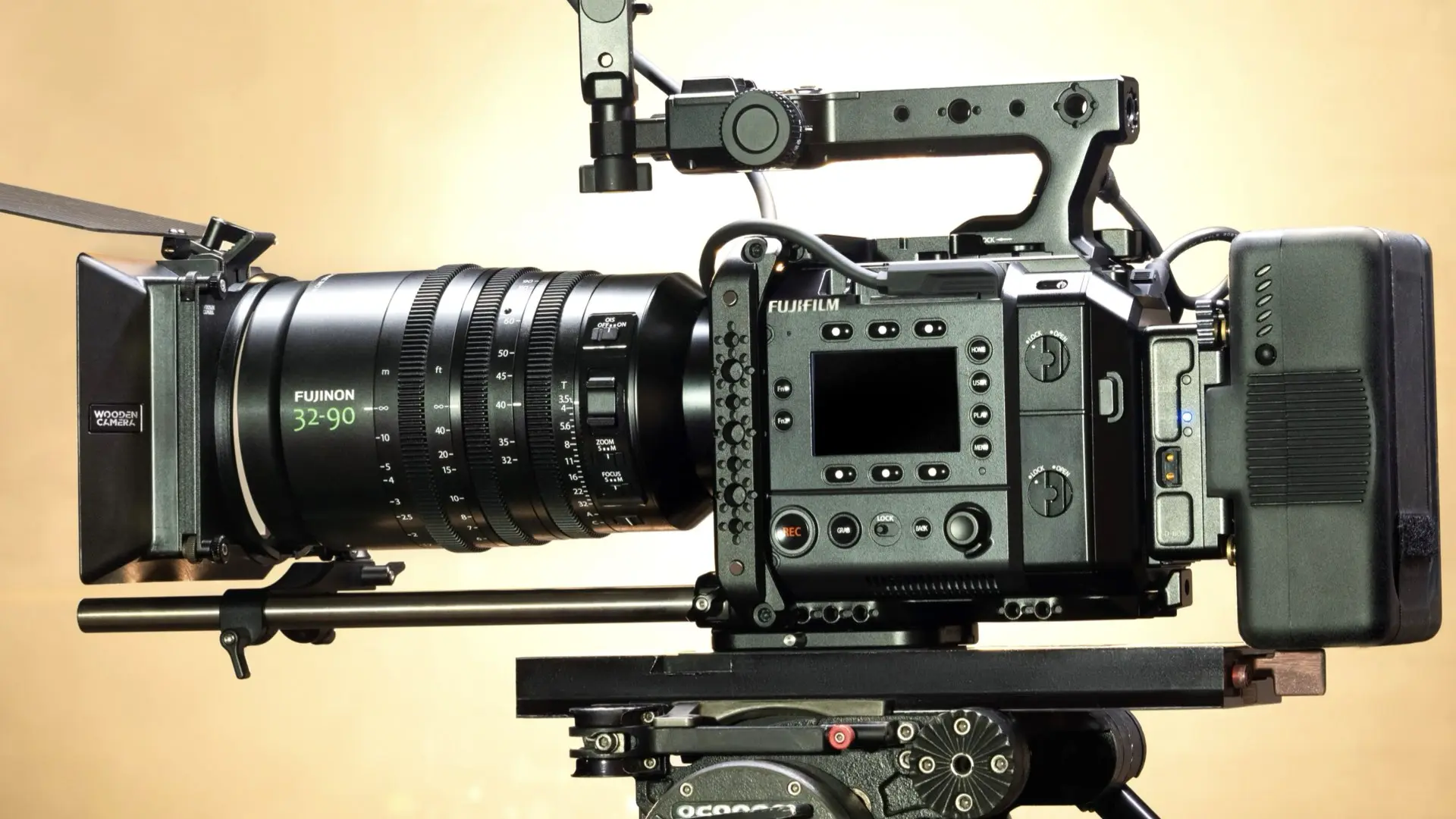
A Competitive Proposition
Just saying that while pricing remains the missing piece, it’s clear Fujifilm intends the GFX ETERNA to go head-to-head with cameras like the Blackmagic URSA CINE 17K. The recent Blackmagic URSA Cine 17K 65 vs Fujifilm GFX ETERNA: A Knockout in the Medium Format Cinema Arena explores this potential showdown in depth, highlighting how Fujifilm might challenge Blackmagic in this burgeoning large-format cinema space.
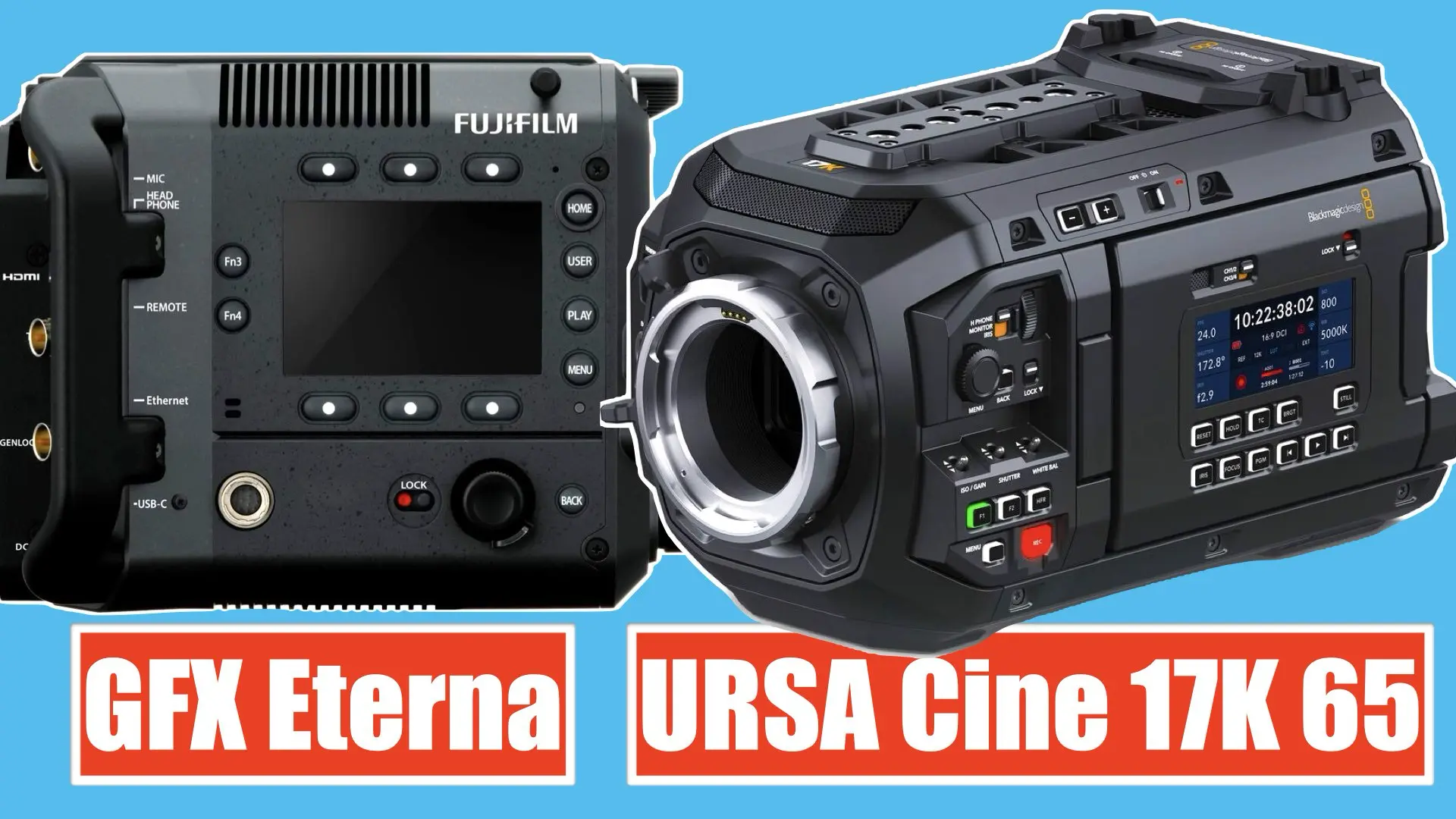
Final Thoughts
The GFX ETERNA fuses the analog soul of its stills legacy with the demands of modern filmmaking. Every new specification disclosed seems to answer a filmmaker’s pain point: moiré, color grading, LUTs, codec reliability, network control, or visual style. Now, with the specs laid out, the only remaining question is: At what cost? The price tag will determine how disruptive the GFX ETERNA truly is. But make no mistake—this is not a side project or a tech demo. It’s a fully-formed, compelling entry into the world of medium format digital cinema.

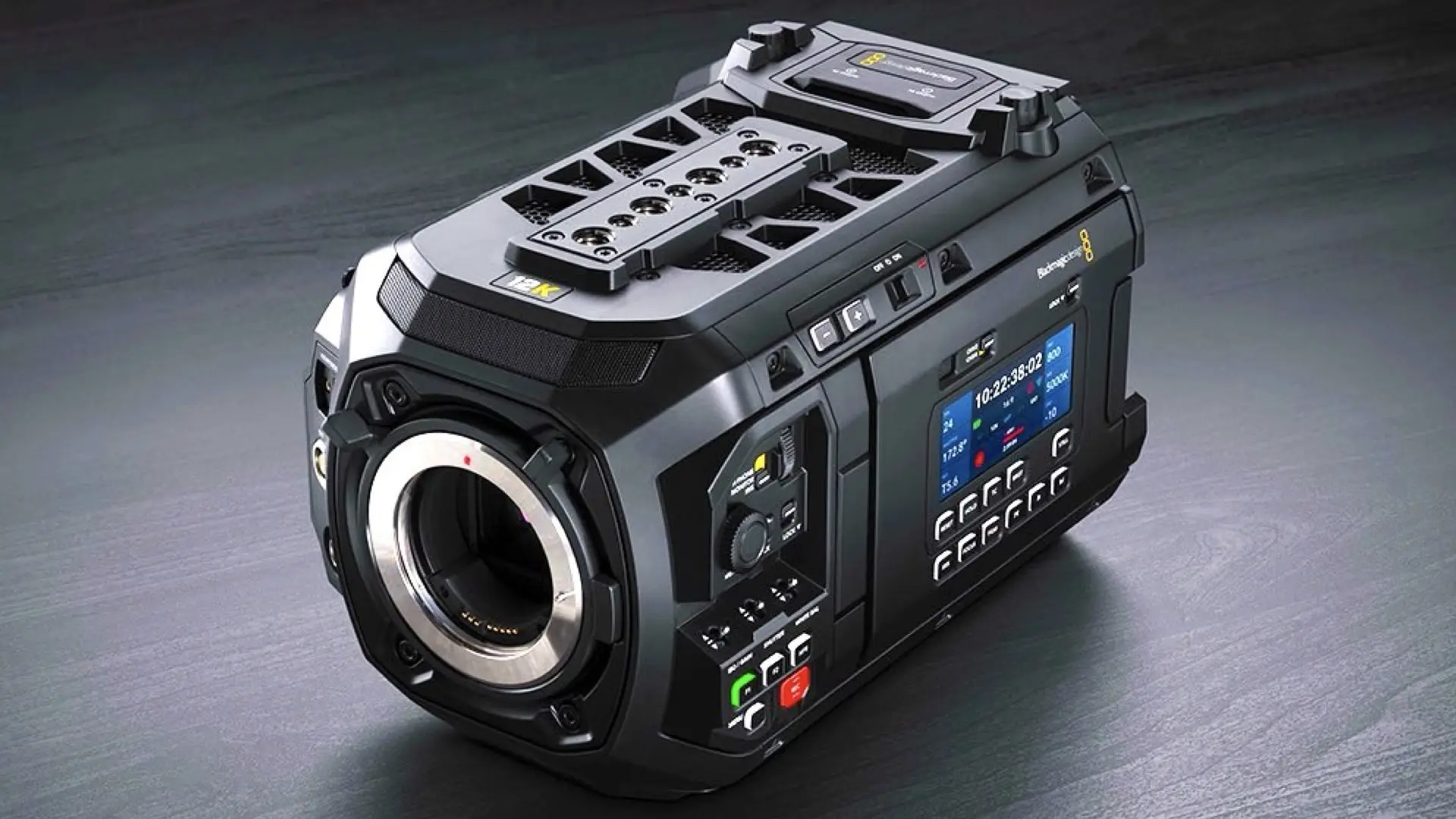


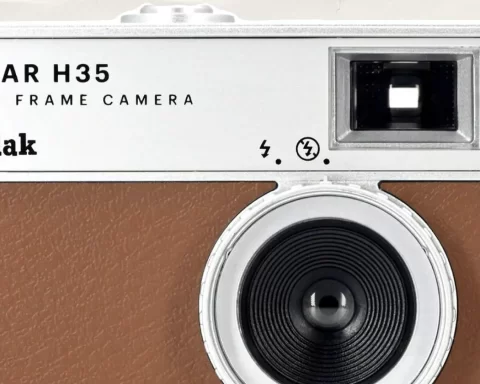
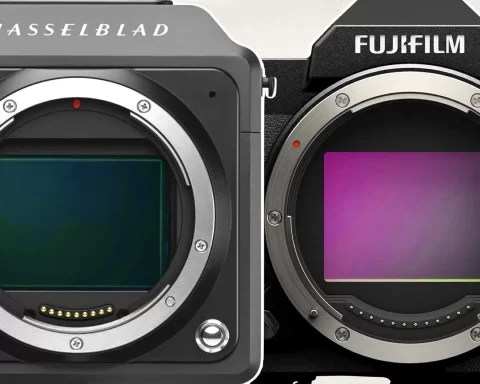
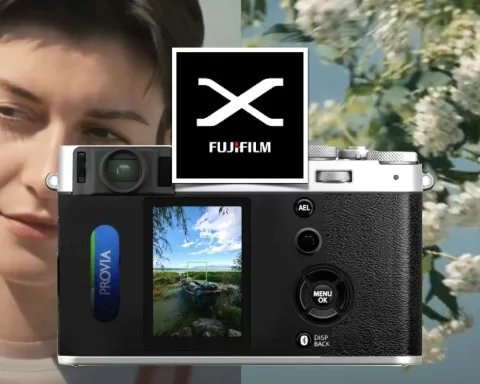
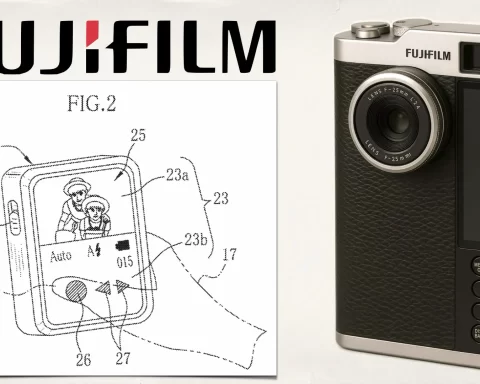
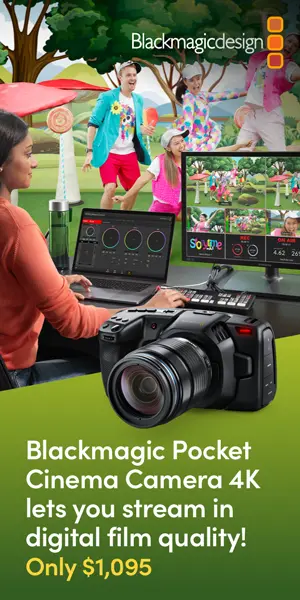
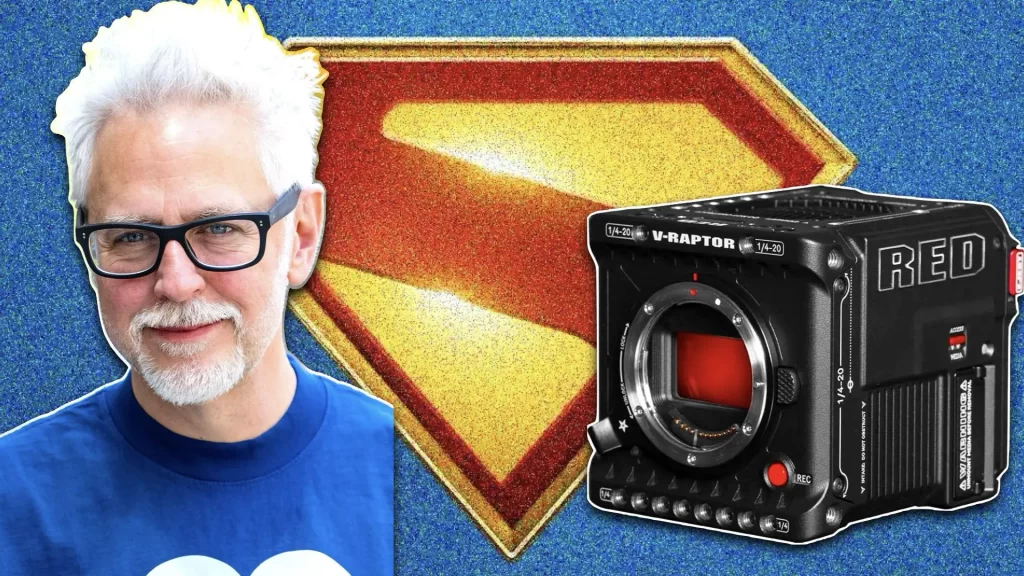
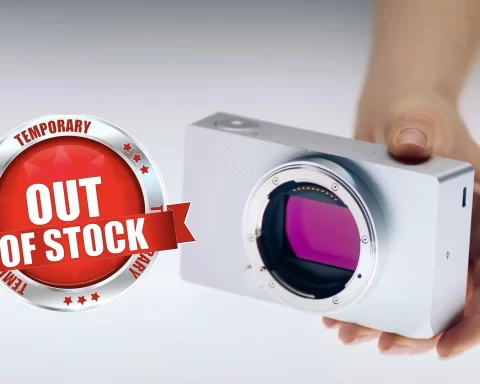
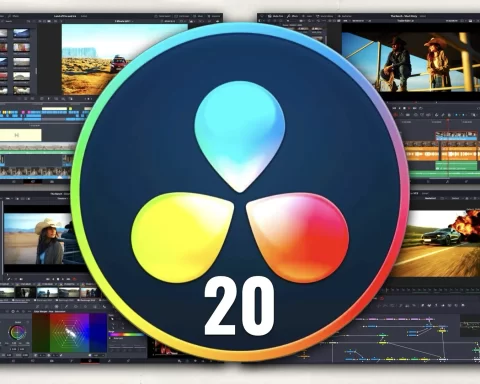
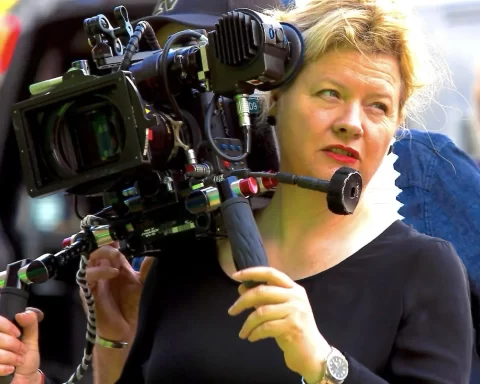

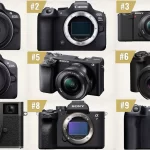

This sounds pretty damn impressive! What a great unique addition for digital video imaging.
It’s a way more interesting combination of features than the BM 17K in my opinion.